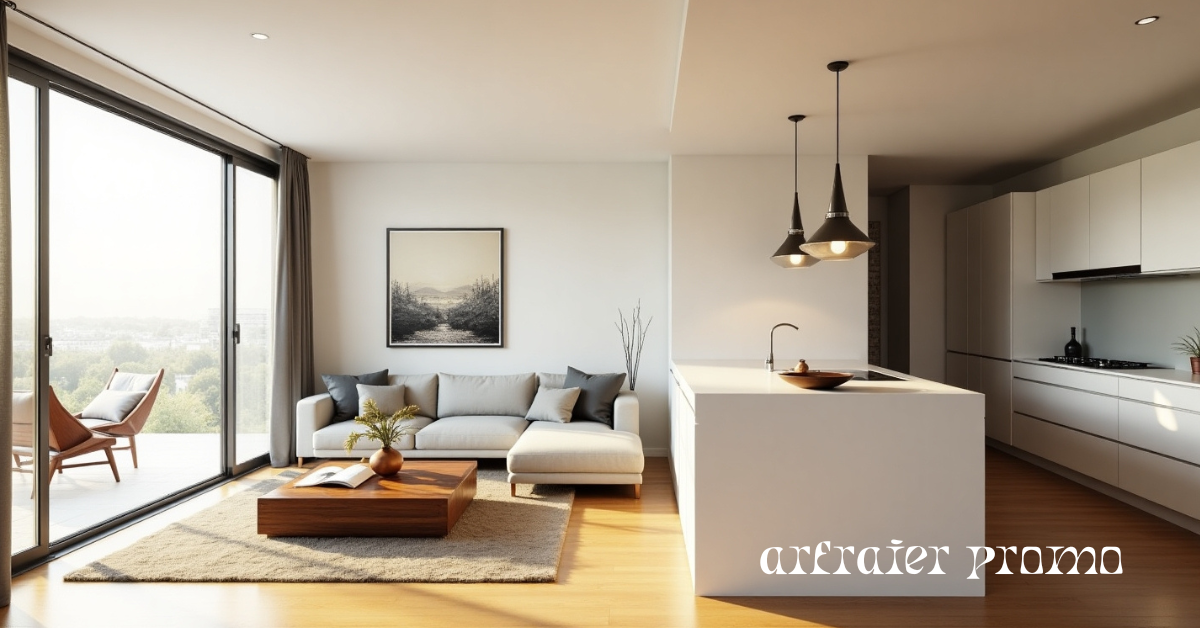When it comes to home design, many homeowners focus on paint colors, flooring, or furniture, but often overlook a small detail that makes a huge difference—window trim. The right window trim frames natural light, enhances your interior design, and adds a polished look to any space. Whether you prefer a modern minimalist look, a rustic farmhouse vibe, or a timeless classic style, window trim can transform plain windows into stunning architectural features.
In this article, we’ll explore 20 stunning window trim ideas to elevate your interior, along with insights into materials, styles, colors, costs, DIY tips, and maintenance. By the end, you’ll have all the knowledge you need to choose the perfect trim for your home.
What Is Window Trim and Why Does It Matter?
Window trim refers to the decorative molding or casing that surrounds a window. It serves both functional and aesthetic purposes:
-
Function: It covers gaps between the window frame and wall, sealing against drafts.
-
Aesthetic: It adds style, depth, and character to the room.
Window Trim vs. Window Casing
-
Window Trim: Primarily decorative, designed to enhance appearance.
-
Window Casing: More structural, covering seams and providing a finished look.
Think of casing as the foundation, and trim as the style upgrade.
Types of Window Trim Materials
Wood Trim
Classic, durable, and versatile. Works well for staining or painting and suits both traditional and modern homes.
MDF (Medium-Density Fiberboard)
Affordable and smooth, MDF is popular for painted trim. However, it’s not ideal for moisture-prone areas like bathrooms.
PVC or Vinyl Trim
Moisture-resistant and easy to maintain, making it perfect for kitchens, bathrooms, and basements.
Metal Trim
Sleek and industrial, metal trim is a growing trend for contemporary and loft-style homes.
Color and Finish Options for Window Trim
White Painted Trim
Timeless and versatile, it brightens any room. Works best in modern, colonial, or transitional homes.
Natural Wood Stains
Perfect for rustic, farmhouse, or cabin-inspired interiors. Adds warmth and a cozy feel.
Bold Painted Trim
Colors like black, navy, or deep green create striking contrasts against neutral walls.
Two-Tone Designs
Matching trim to accent walls or contrasting trim against lighter paint adds a designer touch.
20 Stunning Window Trim Ideas to Transform Your Home’s Interior
1. Classic White Colonial Trim
Colonial-style trim is one of the most timeless choices, known for its clean, symmetrical lines and elegant appearance. Painted white, it works well in almost any setting—from traditional homes to modern interiors. The simplicity of this trim makes it versatile, allowing it to blend seamlessly with wall colors and furniture while still adding structure to the window. If you want a safe, stylish choice that brightens your space and never goes out of trend, white colonial trim is a go-to option.
2. Black Modern Minimalist Trim
Black window trim is a bold choice that creates stunning contrast, especially against white or neutral-colored walls. This style is particularly popular in modern and contemporary interiors because it frames the window like a picture, highlighting both the architecture and outdoor views. Thin, sleek black trim lines work best in minimalist homes, lofts, or urban apartments. It’s also great for highlighting natural light since the dark frame emphasizes the brightness outside. For dramatic impact with little effort, black trim is unmatched.
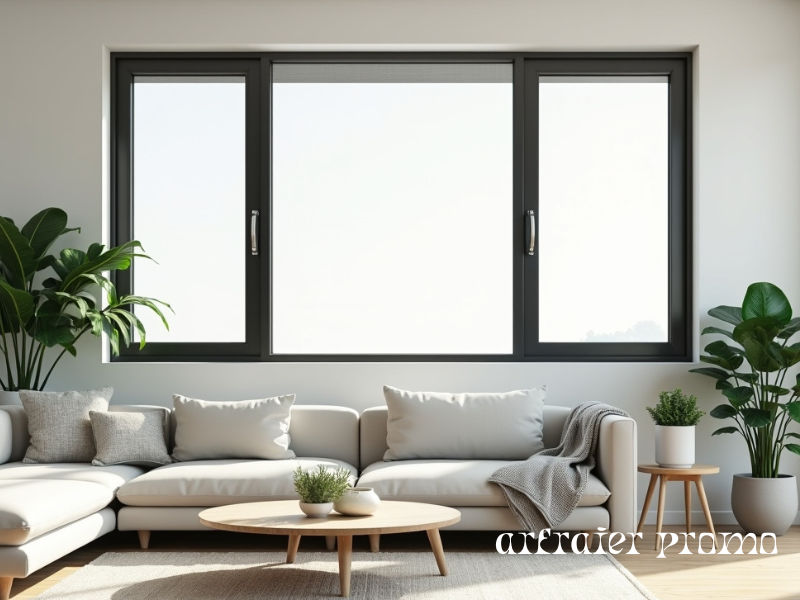
3. Farmhouse Rustic Wood Trim
Rustic wood trim adds warmth, charm, and an inviting touch to any room. Typically made from stained or reclaimed wood, this style works beautifully in farmhouse, cottage, or country-style interiors. The visible wood grain enhances the natural look and feels cozy in kitchens, living rooms, or bedrooms. Pairing rustic wood trim with neutral or white walls creates a balanced look that blends rustic charm with modern comfort. It’s an excellent choice for homeowners seeking a homely, natural atmosphere.
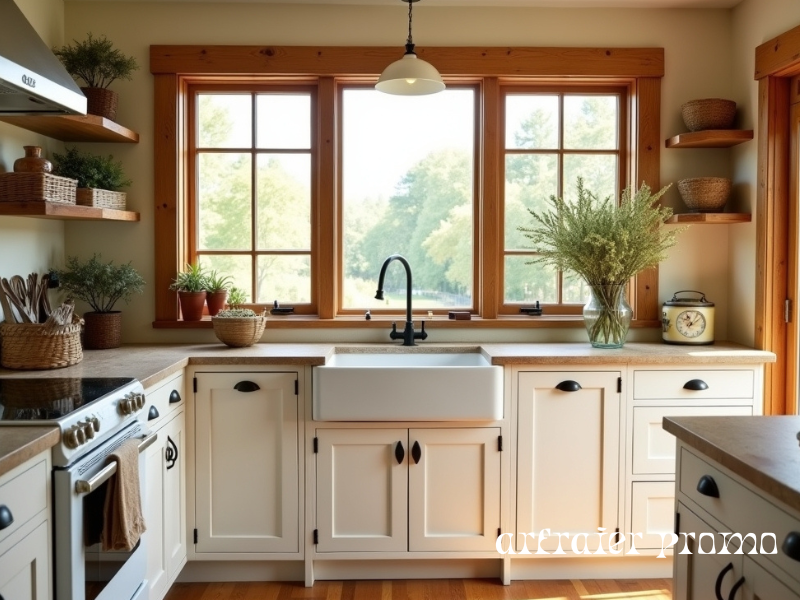
4. Craftsman-Style Thick Trim
Craftsman-style trim is defined by its bold, thick lines and simple, squared edges. Unlike highly decorative trims, this design focuses on sturdy, architectural presence. It often includes wider window casings and sometimes crown molding above the window. Craftsman trim is ideal for bungalows or traditional homes where architectural details matter. Its clean yet substantial look frames windows beautifully while adding depth and character to a room. If you want trim that makes a statement without being overly ornate, this is a perfect choice.
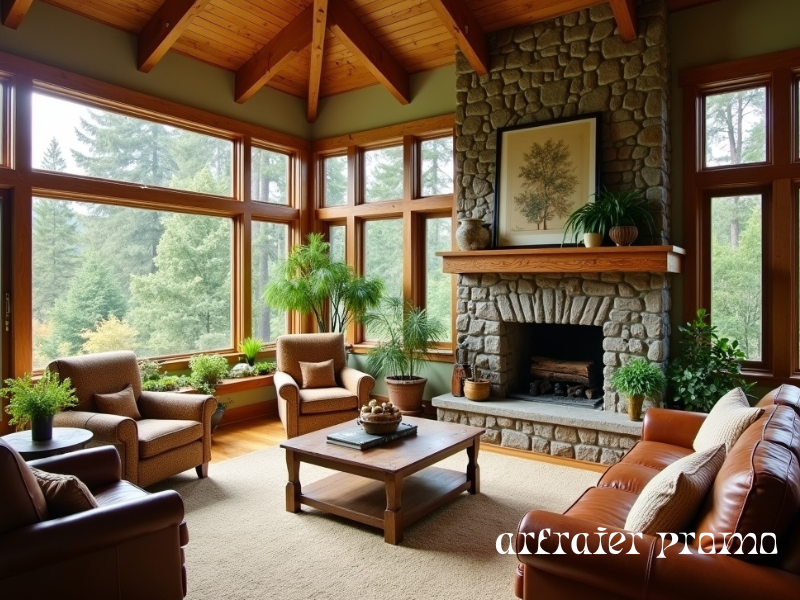
5. Victorian Decorative Molding
Victorian trim is ornate, detailed, and elegant, often featuring carved designs, curves, and layered moldings. It’s best suited for historic homes, high-ceilinged rooms, or anyone who wants to bring a sense of luxury indoors. This style works well with large windows, where intricate details can shine. Typically painted white or cream, Victorian trim emphasizes sophistication and pairs beautifully with patterned wallpaper or richly colored walls. While it requires more maintenance, the timeless charm of this trim makes it a true centerpiece in any room.
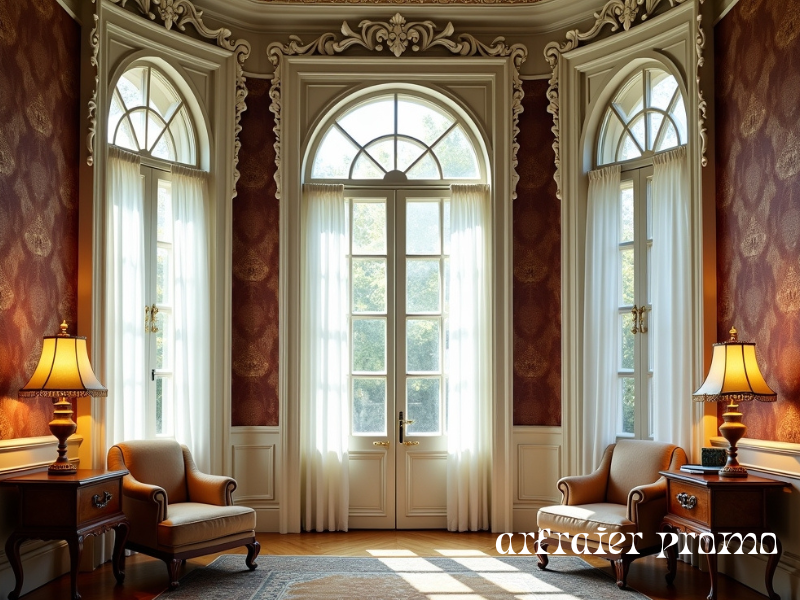
6. Industrial Metal Trim
For those who prefer a sleek, urban look, industrial metal trim offers a modern alternative to wood. Aluminum or steel trims frame windows with clean, sharp lines and a minimalist feel. Perfect for lofts, contemporary apartments, or modern office spaces, this trim style pairs well with brick, concrete, and other industrial finishes. Metal trim is not only durable but also moisture-resistant, making it suitable for kitchens and bathrooms. Its understated design adds sophistication while allowing other architectural features to stand out.
7. Shaker-Style Square Edge Trim
Shaker trim is known for its simplicity and practicality. Featuring square edges and straight lines, it is perfect for minimalist, Scandinavian, or transitional interiors. Unlike ornate designs, Shaker trim creates a clean look that blends seamlessly with modern furnishings and simple décor. Its understated style also makes it a cost-effective choice, as it requires fewer materials and less labor to install. Shaker trim works well in every room and can be painted white for a timeless look or in darker colors for added contrast.
8. Two-Tone Painted Trim
Two-tone trim adds depth and visual interest to windows by using contrasting or complementary colors. For example, you might paint the inner trim a bold shade like navy while keeping the outer casing white. This design creates a layered effect that draws attention to the window without overwhelming the room. It’s a great option for homeowners who want to experiment with color while maintaining a cohesive look. Two-tone trim works especially well in eclectic, transitional, or modern interiors.
9. Wide Casing with Crown Molding
Wide casing combined with crown molding creates a grand, dramatic look for windows. This style adds height and makes windows appear larger, which is especially effective in living rooms, dining areas, or formal spaces. Crown molding at the top of the casing gives the window a regal finish, while the wide sides add substance and balance. Typically painted in white or cream, this design pairs well with both neutral and richly colored walls. It’s a fantastic choice for homeowners aiming for a luxurious feel.
10. Arched Window Trim
Arched windows already stand out as architectural features, and the right trim can make them even more stunning. Arched window trim is custom-made to follow the curve of the window, enhancing its elegance and flow. This style is popular in Mediterranean, Spanish, and classical-style homes. It works beautifully in formal living rooms, entryways, or any space where you want to make a statement. While installation is more complex, the dramatic, graceful effect of arched trim is well worth the effort.
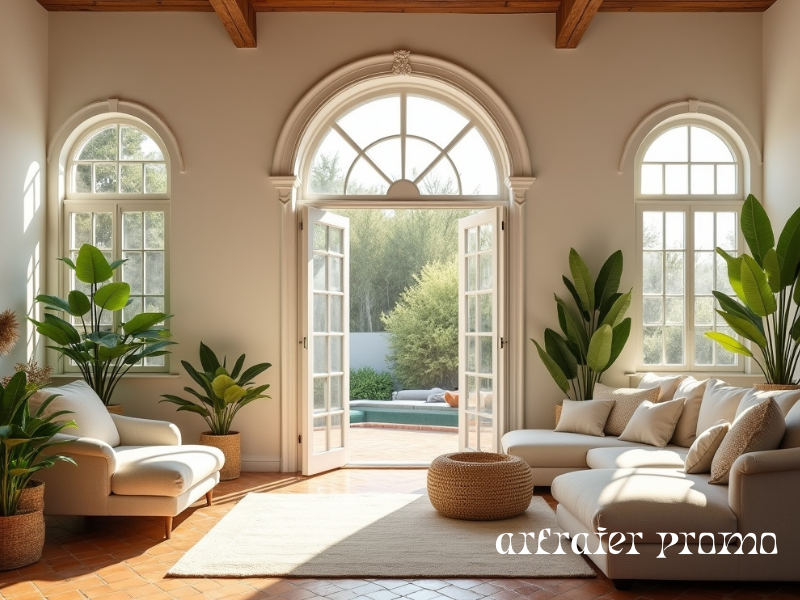
11. Rustic Reclaimed Wood Trim
Using reclaimed wood for window trim adds both sustainability and unique character to a space. Each piece of reclaimed wood has natural imperfections, textures, and colors that give the trim a one-of-a-kind look. This style works wonderfully in farmhouse, bohemian, or industrial interiors, where character and authenticity matter. It’s also eco-friendly, reducing waste while creating a rustic aesthetic. Pair reclaimed wood trim with neutral walls to let the texture shine or with brick and stone for a cohesive, earthy feel.
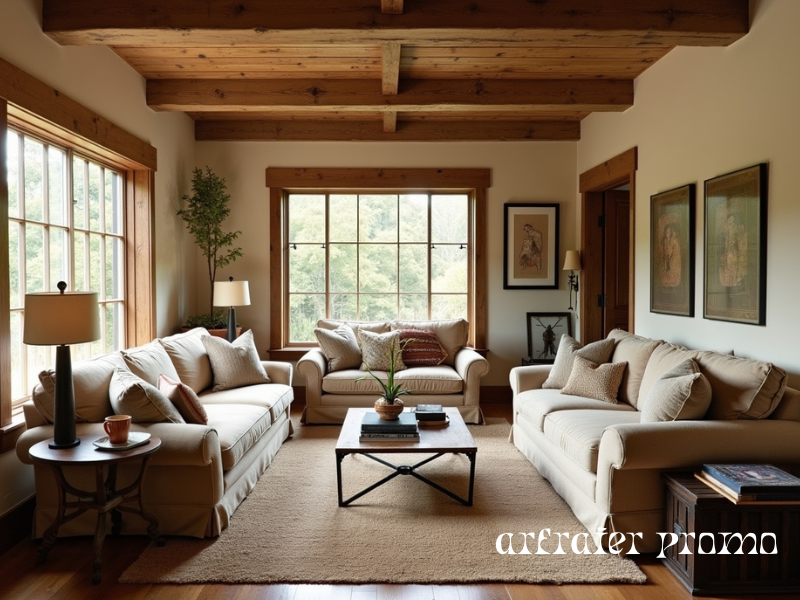
12. Modern Flush Trim (Shadow Line)
Flush trim, also known as shadow line trim, creates a seamless transition between the wall and window. Instead of protruding, the trim sits flush, creating a minimalist effect. This style is especially popular in ultra-modern homes and apartments, where clean lines and simplicity dominate the design. Flush trim works well with large glass windows, making the architecture itself the focal point. Although installation requires precision, the sleek, contemporary look is worth the investment for homeowners seeking an understated, high-end feel.
13. Beadboard-Enhanced Trim
Adding beadboard panels around a window gives a space a coastal, cottage, or farmhouse-inspired vibe. Beadboard enhances plain trim by adding texture and vertical lines, making windows appear taller and more charming. This design is especially effective in kitchens, bathrooms, or sunrooms, where light, airy design is desired. Typically painted white or pastel shades, beadboard trim works beautifully with light wall colors and wooden furniture. It’s a budget-friendly option for homeowners who want to add texture without a complete renovation.
14. Floor-to-Ceiling Window Trim
Floor-to-ceiling trim emphasizes the height of tall windows, creating a dramatic and luxurious look. This design draws the eye upward, making rooms feel larger and more open. Often paired with wide casings or layered molding, this trim style works best in living rooms, sunrooms, or areas with large picture windows. It’s also ideal for framing sliding glass doors or patio windows. By extending trim from the baseboard up to the ceiling, you can achieve a bold architectural statement that transforms any space.
15. Minimal Frameless Look with Subtle Trim
If you prefer a barely-there design, a frameless or subtle trim is the perfect solution. This style uses ultra-thin trim or finishes that blend seamlessly into the wall, making the window appear frameless. It’s ideal for modern interiors where minimalism takes center stage. Subtle trim allows natural light and outdoor views to shine without visual interruption. This design pairs best with contemporary furniture, glass walls, or neutral tones. Though understated, it makes a powerful statement by prioritizing simplicity and elegance.
16. Textured Trim (Carved or Grooved)
Textured trim adds depth and uniqueness by incorporating carved designs, grooves, or raised patterns into the trim surface. This style works particularly well in traditional or transitional interiors where decorative details are appreciated. Textured trim can be painted in bold colors to highlight its patterns or left in natural wood tones for a subtle effect. It’s an excellent way to elevate plain walls and give windows a custom, high-end appearance. For homeowners who want character without going full Victorian, this is a great option.
17. Accent Color Trim (Navy, Green, Gray)
Painting window trim in accent colors like navy, green, or gray creates a stylish focal point. This approach is a great alternative to traditional white or wood finishes, offering a modern twist. Accent color trim works especially well in rooms with neutral walls, as the bold color draws the eye and adds personality.
For example, navy trim adds sophistication, while green trim feels fresh and calming. This choice is perfect for homeowners who want a simple yet impactful way to refresh their interior design.
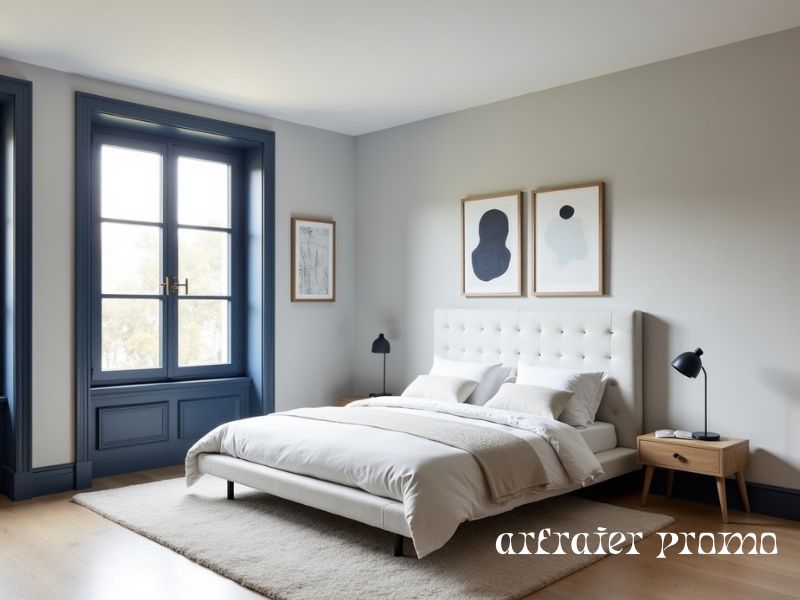
18. Vintage Distressed Trim
Distressed trim has a weathered, aged appearance that adds charm and character to shabby-chic, bohemian, or rustic interiors. It can be achieved using reclaimed wood or through DIY distressing techniques like sanding and whitewashing. Distressed trim pairs beautifully with light, neutral walls and vintage-inspired furniture. It’s perfect for creating a cozy, lived-in feel without sacrificing style. For homeowners who want a nostalgic, charming touch, vintage distressed trim is an affordable and effective option.
19. Contemporary Thin Line Trim
Thin line trim creates sleek, sharp edges around windows, adding subtle definition without overwhelming the design. Typically made of wood or metal, it works best in modern and transitional interiors where clean lines dominate. This style is versatile, pairing well with both dark and light walls. It’s a great way to frame windows in a minimalist space while still providing a finished look. Homeowners who want something understated yet impactful will find contemporary thin line trim an excellent option.
20. Custom Layered Trim with Depth
Custom layered trim involves combining multiple types of molding to create depth and complexity. For example, layering base trim with crown molding and decorative pieces creates a luxurious, dimensional look. This design works best in formal living rooms, libraries, or dining spaces where elegance is key.
While it requires professional installation, the result is a truly unique and high-end window treatment. For homeowners who want their windows to stand out as architectural features, custom layered trim is the ultimate choice.
After exploring these 20 stunning window trim styles, you probably have a good sense of how much character the right trim can add to any room. For even more inspiration, you can browse additional creative window trim ideas to spark new design possibilities.
Now that you’re full of ideas, the next big question is: should you install the trim yourself or hire a professional?
DIY vs. Professional Window Trim Installation
DIY Installation
-
Best for rectangular windows and simple trim designs.
-
Pre-cut kits make the process easier.
-
Costs significantly less than hiring a professional.
Professional Installation
-
Ideal for arched, oversized, or intricate trim designs.
-
Provides a flawless finish.
-
Average cost: $100–$250 per window (materials + labor).
Cost Guide for Window Trim Ideas
| Trim Type | Material Cost (Per Foot) | Installation Difficulty | Best For |
|---|---|---|---|
| Wood Trim | $1–$4 | Medium | Classic look |
| MDF Trim | $0.50–$2 | Easy | Painted finishes |
| PVC Trim | $1–$3 | Easy | Moisture-prone areas |
| Metal Trim | $2–$6 | Hard | Modern/Industrial |
Maintenance and Care Tips
-
Painted Trim: Wipe down with mild soap and water. Repaint every 5–7 years.
-
Stained Trim: Use wood polish and re-stain when fading occurs.
-
PVC/Metal Trim: Low maintenance—just occasional cleaning.
Conclusion
Choosing the right window trim idea can completely transform your interior. From rustic farmhouse styles to sleek modern finishes, there’s a trim option for every taste and budget. By considering materials, colors, costs, and installation methods, you can achieve a look that elevates your space while also being practical and long-lasting.
Frequently Asked Questions (FAQs)
1. What is the most popular interior window trim style in 2025?
White painted colonial trim remains the most popular due to its versatility.
2. Can I install window trim myself?
Yes, basic designs are DIY-friendly, but intricate molding is best left to professionals.
3. What’s the difference between window casing and trim?
Trim is decorative, while casing is functional and structural.
4. Is wood or MDF better for window trim?
Wood is durable and versatile, while MDF is more affordable but less moisture-resistant.
5. How much does it cost to install new window trim?
On average, $100–$250 per window professionally, or much less if DIY.
6. What color window trim looks best with white walls?
Black trim creates a modern contrast, while white trim offers a timeless classic look.





